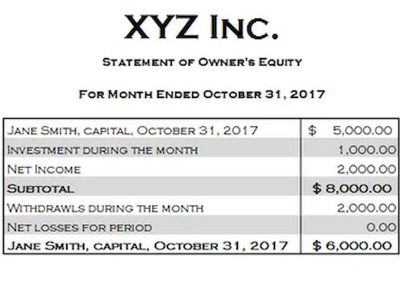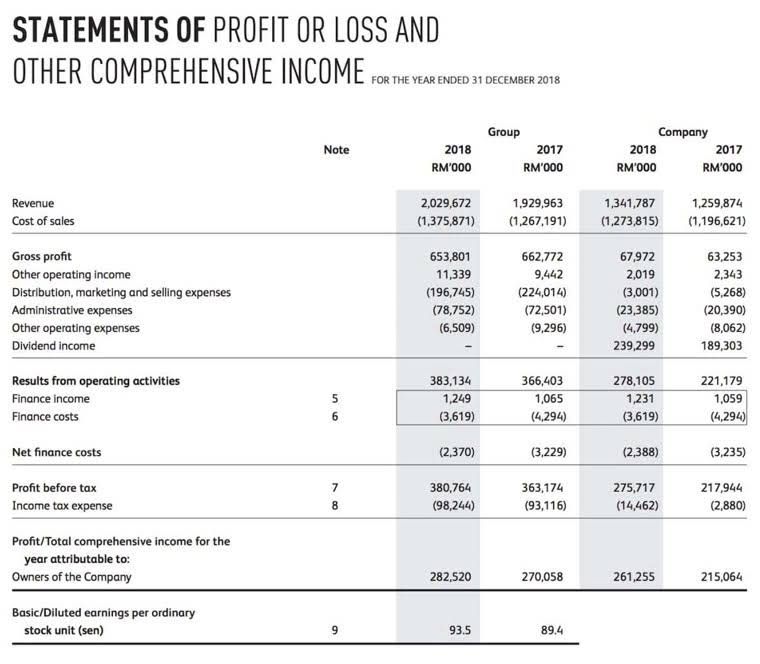
If you have amounts other than those shown on Schedule K-1 to report on Schedule E (Form 1040), enter each item separately on Schedule E (Form 1040), line 28. Both the partnership and you must meet the qualified nonrecourse rules on this debt before you can include what is a 1065 the amount shown next to Qualified nonrecourse financing in your at-risk computation. Qualified nonrecourse financing secured by real property used in an activity of holding real property that’s subject to the at-risk rules is treated as an amount at risk.
Form 1065: U.S. Return of Partnership Income Definition & Overview
This will equal your adjusted basis at the end of the prior year. Other limitations may apply to specific deductions (for example, the section 179 expense deduction). Generally, specific limitations apply before the at-risk and passive loss limitations. An exception to this rule is made for sales or exchanges of publicly traded partnership interests for which a broker is required to file Form 1099-B, Proceeds From Broker and Barter Exchange Transactions.

Who needs to file Form 1065?
- This should include the specific sources of revenue, and all deductible expenses of the partnership/LLC for the year.
- On line 16a, enter only the depreciation claimed on assets used in a trade or business activity.
- Typically, partnerships will hire tax professionals to help calculate their correct tax.
- Refigure the depletion deduction under section 611 for mines, wells (other than oil and gas wells), and other natural deposits for the AMT.
- The change in method of accounting results in a positive section 481(a) adjustment of $100,000 that is required to be spread over 4 tax years, beginning with the 2023 tax year.
- For purposes of code V, net negative income from all section 743(b) adjustments means the excess of all section 743(b) adjustments allocated to the partner that decrease partner taxable income over all section 743(b) adjustments that increase partner taxable income.
Include on this line the interest properly allocable to debt on property held for investment purposes. Property held for investment includes property that produces income (unless derived in the ordinary course of a trade or business) from interest, dividends, annuities, or royalties; and gains from the disposition of property that produces those types of income or is held for investment. Any gain or loss from Schedule D (Form 1065), line 7 or 15, that isn’t portfolio income (for example, gain or loss from the disposition of nondepreciable personal property used in a trade or business). 925 to determine if the partnership is engaged in more than one at-risk activity. If the partner is a DE, check the box and provide the name and TIN of the DE partner. The partnership should make reasonable attempts to obtain the DE’s TIN.

Who Can File Form 1065: U.S. Return of Partnership Income?
If the partnership contributes to an IRA for employees, include the contribution in salaries and wages on page 1, line 9, or Form 1125-A, line 3, and not on line 18. See section 164(d) for information https://www.bookstime.com/ on apportionment of taxes on real property between seller and purchaser. For more details on the uniform capitalization rules, see Regulations sections 1.263A-1 through 1.263A-3.

Partner’s Share of Income, Deductions, Credits, etc. (For Partner’s Use Only)
- Increase the adjusted basis of your interest in the partnership by this amount.
- This information must include the following from each Form 6252 where the partner’s share of the selling price, including mortgages and other debts, is greater than $150,000.
- Code I, Other income (loss), previously included a number of bulleted items.
- Don’t include the amount attributable to PTEP in your annual PTEP accounts on Form 1040 or 1040-SR, line 3b.
- For financial accounting purposes, Maple accounts for each transaction as a sale.
For any interest owned by the partnership that is treated as an investment in a partnership for U.S. income tax purposes (other than an interest in a disregarded entity), report amounts on line 7 or 8, as described below. Report on line 1, column (a), the financial income (loss) included on Part I, line 11, for any foreign corporation accounted for on the equity method and remove such amount in column (b) or (c), as applicable. Report the amount of dividends received and other taxable amounts received or includible from foreign corporations on lines 2 through 4, as applicable. Except as otherwise provided, differences for the same item must be combined or netted together and reported as one amount on the applicable line of Schedule M-3. However, differences for separate items must not be combined or netted together.

Enter each individual partner’s distributive share in box 14 of Schedule K-1 using code B. In box 13, report the partner’s distributive share of deductions related to portfolio income that are reported on Schedule K, line 13e, using code I (for deductions related to royalty income) or L (for other deductions related to portfolio income). Use code G to report the contributions below and, on an attached statement, provide the following information.
- Enter on line 14c the partnership’s gross nonfarm income from self-employment.
- Schedule K-1 must be provided to each partner on or before the day on which the partnership return is required to be filed.
- Generally, self-charged interest income and deductions result from loans between the partnership and its partners and also includes loans between the partnership and another partnership if each owner in the borrowing entity has the same proportional ownership interest in the lending entity.
- On its Schedule L, Partnership A must report $16 million on line 8 as the amount of its investment asset in Partnership B and report on line 20 its $20 million share of Partnership B’s liabilities.
- Any changes in the balance sheet over the reporting period should be consistent with the information you provide about income and capital accounts on Schedules M-1 and M-2, respectively.
- Each partner must include the information on their Schedule K-1 including their share of the partnership income on their individual partner’s personal tax return.
